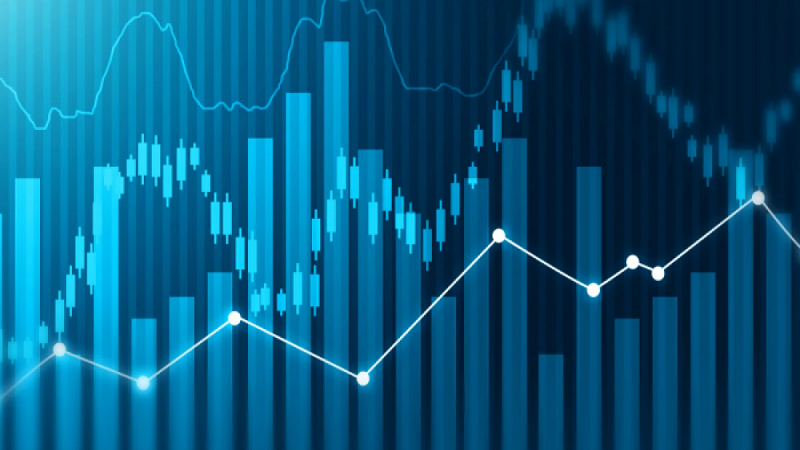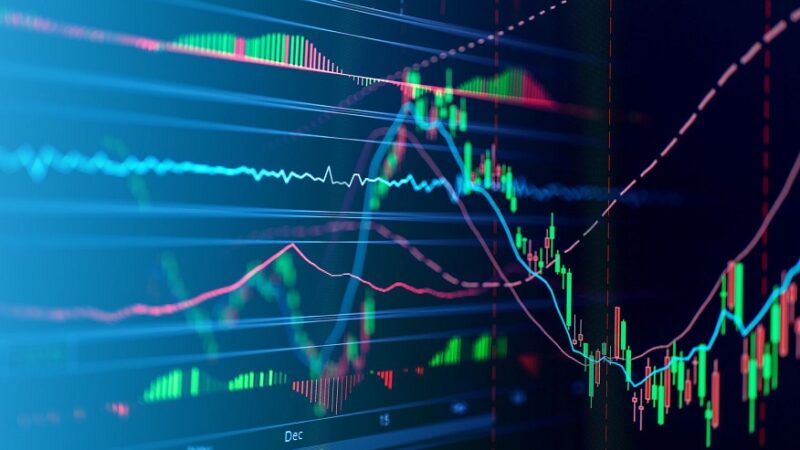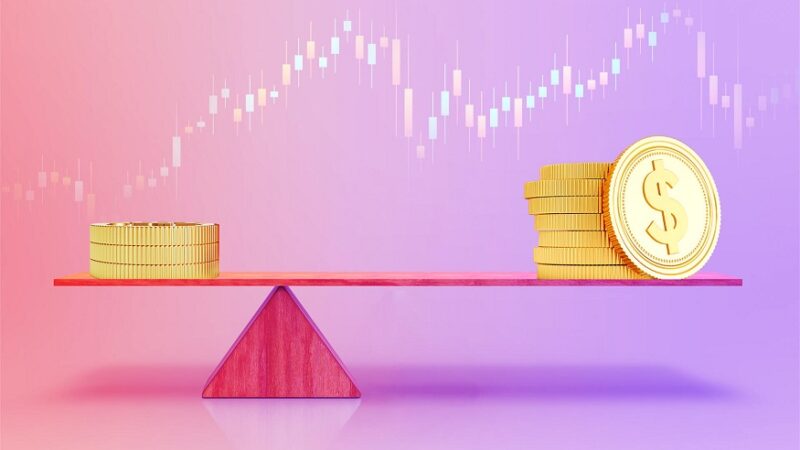How much capital should you risk trading in Asia?

When it comes to trading, your capital is everything. It’s the money you have available to invest in assets, and it’s what you risk when you make a trade. So how much capital should you risk when making a trade when trading in Asia (or anywhere else)?
Overall, the capital you risk depends on several factors, including the type of asset you’re trading, the size of your account, and your risk tolerance. But in general, you’ll want to risk between 1-2% of your account on any given trade.
For example, you have a HK$10,000 account, and you’re willing to risk 2% per trade. That means you can afford to lose up to HK$200 on any trade.
Which factors determine how much capital you need to risk and why?
The type of asset you’re trading
Some assets are more volatile than others, which means they can fluctuate in price more quickly. For example, stock prices fluctuate more than bonds; therefore, you’ll need to risk more capital when trading stocks than when trading bonds.
The size of your account
The larger your account, the more capital you have to work with and the more you can afford to lose on any given trade.
Your risk tolerance
Risk tolerance is a personal preference, and it will vary from trader to trader. Some people are willing to risk more of their capital per trade than others.
The timeframe of your trade
The timeframe of your trade will also affect how much capital you need to risk. For example, if you’re trading on a short-term time frame, such as intraday, you’ll need to risk more capital than trading on a longer-term time frame, such as weekly or monthly.
The market conditions
The market conditions at the time of your trade will also affect how much capital you will risk when you make trades. For example, if the market is volatile, you will naturally be riskier with your capital – and therefore be risking more capital if you are using tools such as leverage – than in calm markets.
Your trading strategy
Your trading strategy will also affect how much capital you need to risk. Some strategies are more capital intensive than others. For example, if you’re using a margin account, you’ll need to risk more capital than using a cash account.
Your broker’s requirements
Your broker’s requirements will also affect how much capital you need to risk. Some brokers require a minimum amount of capital to trade, and some have margin requirements that you must meet.
The costs of trading
The trading costs, such as commissions and fees, will also affect how much capital you will risk as a baseline. The higher the costs, the more capital you will be putting out there every time you make a trade.
Your risk/reward ratio
Your risk/reward ratio will also affect how much capital you need to risk. The higher your risk/reward ratio, the less capital you will be risking per trade.
Your stop-loss and take-profit levels
Finally, your stop-loss and take-profit levels will affect how much capital you risk. The closer your stop-loss is to your entry point, the less capital you’ll need to risk. And the closer your take-profit is to your entry point, the more capital you’ll need to risk.
What are the risks of risking all your capital to trade?
You could lose all of your capital
The most obvious risk of risking all your capital to trade is that if you make a bad trade, you could lose everything you have and more.
You could get margin calls
If you’re using a margin account, you could get margin calls if the value of your account falls below the margin requirements. It means you’ll be required to deposit more money into your account to keep it open.
For those trading with all their capital, a problem they could encounter is that if the market moves in an unfavourable direction, they may see their assets plummet to the point of getting a margin call.
You could be forced to liquidate your position
If you’re using a margin account and get a margin call, you could be forced to liquidate your position. It means selling your securities at whatever price they’re currently trading at, which could be much lower than what you bought them.
The bottom line
At the end of the day, there is no fixed amount of capital you ‘should’ be risking when making a trade. All depends on your comfort levels, risk tolerance, and how the market is performing, as well as the tools you want to use when trading. To get started, you can check out up-to-date stock prices with Saxo forex broker.






